The Birth of the Billion-Dollar Bet: How a Forgotten Chinese Lottery Became Keno

A Gamble That Changed the World
Every major industry has an origin story, but few are as shrouded in secrecy, migration, and reinvention as the history of Keno. Today, Keno is a billion-dollar global gambling phenomenon, played in casinos from Las Vegas to Macau, yet few realize that its roots lie in a once-forbidden Chinese game known as the Pigeon Lottery (白鴿票, baak⁶ gaap³ piu³).
The journey from underground betting houses in 19th-century Chinatown enclaves to the brightly lit, legally sanctioned casino floors of Nevada is a story of cultural adaptation, economic transformation, and the erasure of immigrant influence in modern gambling.
At Goodson Gallery, we have unearthed a rare set of 1930s Pigeon Lottery tickets, among the only known surviving examples of this forgotten era. These paper relics serve as a direct link between gambling’s outlawed past and its corporate present.
The Pigeon Lottery: The Foundation of Keno
Long before neon lights and digital number generators, the Pigeon Lottery thrived in the shadows.
Emerging from Guangdong, China, during the late Qing Dynasty, the game was played using a unique system based on the Thousand Character Classic (千字文)—an ancient text composed of 1,000 distinct Chinese characters.
Rather than numbers, early Pigeon Lottery tickets featured 80 Chinese characters, arranged in precise columns. Players would select a set of characters, marking them with a brush and ink, much like today’s Keno slips in casinos. A lottery banker would then randomly draw a subset of winning characters, and payouts were determined based on the number of matches.
📜 Why “Pigeon” Lottery?
Some accounts suggest that in early versions, homing pigeons were used to relay winning results between betting houses. Others believe the name refers to the way bets were circulated in China’s gambling networks.
This game was not merely a pastime—it was an economic engine in Chinese communities, particularly among migrant laborers who used it as a means of financial hope and survival. But as Chinese immigrants carried it to new lands, the game became the target of harsh legal crackdowns.
Banned, Suppressed, and Rebranded: The Rise of the “Chinese Lottery” in the West
When Chinese immigrants arrived in the United States, Australia, Canada, and South Africa, they brought the Pigeon Lottery with them. It quickly became a staple in Chinatowns across San Francisco, Vancouver, Sydney, and Johannesburg.
However, racism and exclusionary laws ensured that Chinese-run gambling houses were criminalized, even as European gambling institutions flourished.
- In the United States, police regularly raided Chinese lottery banks, confiscating thousands of tickets and jailing operators.
- In Australia and New Zealand, “Pak-Ah-Pu,” as it was called locally, became a pretext for anti-Chinese laws, even as horse betting and European lotteries remained untouched.
- In Canada, gambling houses were shut down, and Chinese immigrants were specifically targeted under anti-lottery laws.
Meanwhile, despite the bans, the game’s immense popularity led to something unexpected—non-Chinese gamblers became interested. Entrepreneurs saw an opportunity:
🎰 By the early 20th century, Western gaming houses began to copy the mechanics of the Pigeon Lottery—removing Chinese characters and replacing them with numbers.
By stripping the game of its cultural markers, they transformed it into a Europeanized version that could be legally operated.
This new version took on different names:
- “The Chinese Lottery” (USA)
- “Racehorse Keno” (Nevada, 1936)
- “Pacapio” (Macau, Portuguese colonies)
Eventually, it became simply known as Keno.
This transformation represents a classic case of cultural appropriation—a game once illegal and punishable when played by Chinese immigrants was now a sanctioned, multimillion-dollar enterprise once repackaged by American entrepreneurs.
The Casino Goldmine: Keno’s Role in Modern Gambling
When Nevada legalized gambling in 1931, the modern casino industry was born. But while blackjack and poker took center stage, Keno quietly became a hidden goldmine for casinos.
💰 Why? The casino always wins. Unlike traditional lotteries that have a fixed jackpot, Keno uses a payout system that benefits the house.
🎲 Keno’s Advantage Over Other Casino Games:
- Higher House Edge: In blackjack, skilled players can lower the house edge to 1% or less. In Keno, the house edge is often 25% or more!
- Lower Operating Costs: Unlike poker and blackjack, where casinos must pay dealers, Keno is automated, low-cost, and always profitable.
- Emotional Appeal: Keno, like the Pigeon Lottery before it, thrives on hope. The potential for a life-changing jackpot keeps players coming back, even though the odds are low.
Today, Keno is a staple of global gambling, found in:
✔ Las Vegas Casinos – A major revenue stream for resorts.
✔ State Lotteries – Many states in the U.S. offer “Keno Lottery” games.
✔ Macau & Asian Casinos – Keno is massively popular in Asia, where gambling is a cultural tradition.
And yet, despite its profitability, few casinos acknowledge its true origins.
A Rare Link to the Past: The 1930s Pigeon Lottery Tickets
At Goodson Gallery, we are privileged to present a collection of rare, original 1930s Pigeon Lottery tickets—one of the only known surviving sets from this forgotten era.
🔍 Why These Tickets Matter:
- They are physical proof of gambling’s evolution.
- They represent the untold role of Chinese immigrants in shaping the gaming industry.
- They serve as a symbol of cultural resilience, economic adaptation, and legal discrimination.
For collectors, institutions, and scholars, these tickets are not just gambling memorabilia—they are historical artifacts that challenge the mainstream narrative of gambling history.
Select pieces from this collection are available for acquisition through Goodson Gallery’s private historical archive.
📩 For museum inquiries, research access, or acquisition details, contact Goodson Gallery today.
Full 5:35 Minute Video going over the History and Culture behind the Pigeon Lottery!
The Bet That Changed the World
The story of the Pigeon Lottery’s transformation into Keno is one of reinvention, suppression, and commercial success.
What was once an outlawed pastime played in secret gambling houses is now a legitimate, billion-dollar industry—but one that owes its origins to a game criminalized when played by the very people who created it.
As the few remaining artifacts from this lost era, these 1930s lottery tickets serve as a bridge between the past and present, reminding us that the bets of history continue to pay out in ways few ever realize.
90 Second Video History Lesson of The Pigeon Lottery!
Read more about the Pigeon Lottery Here!

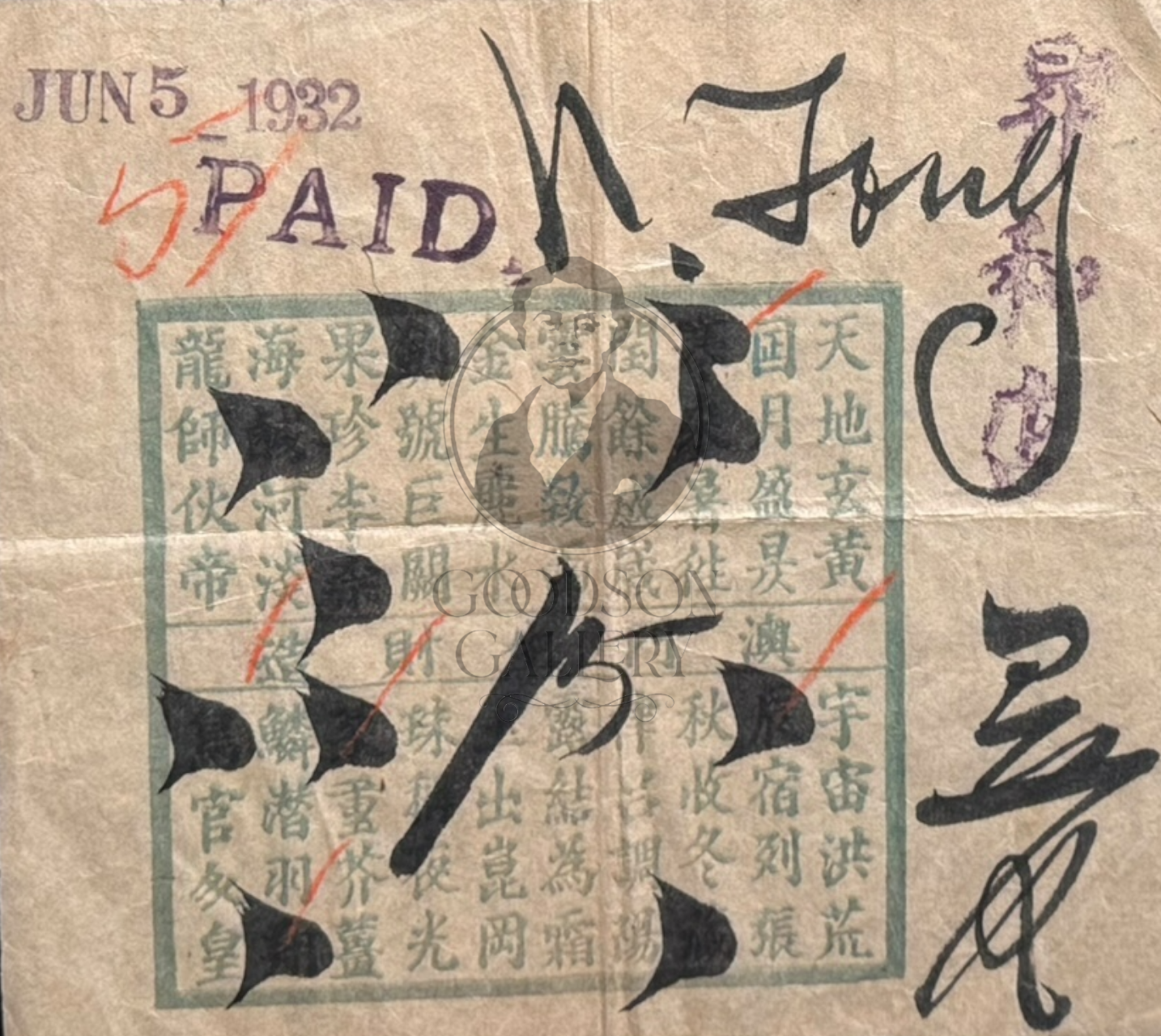
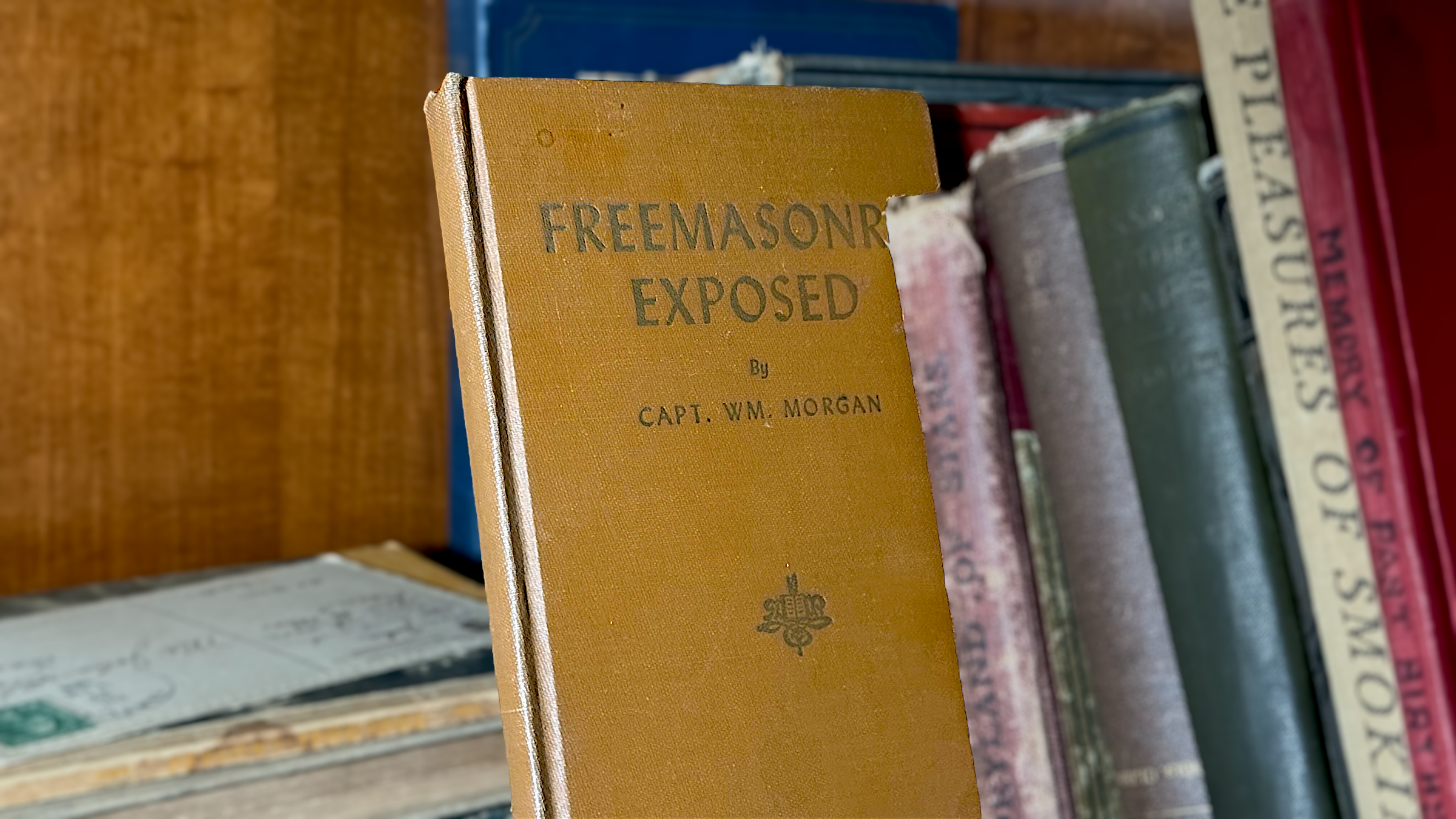
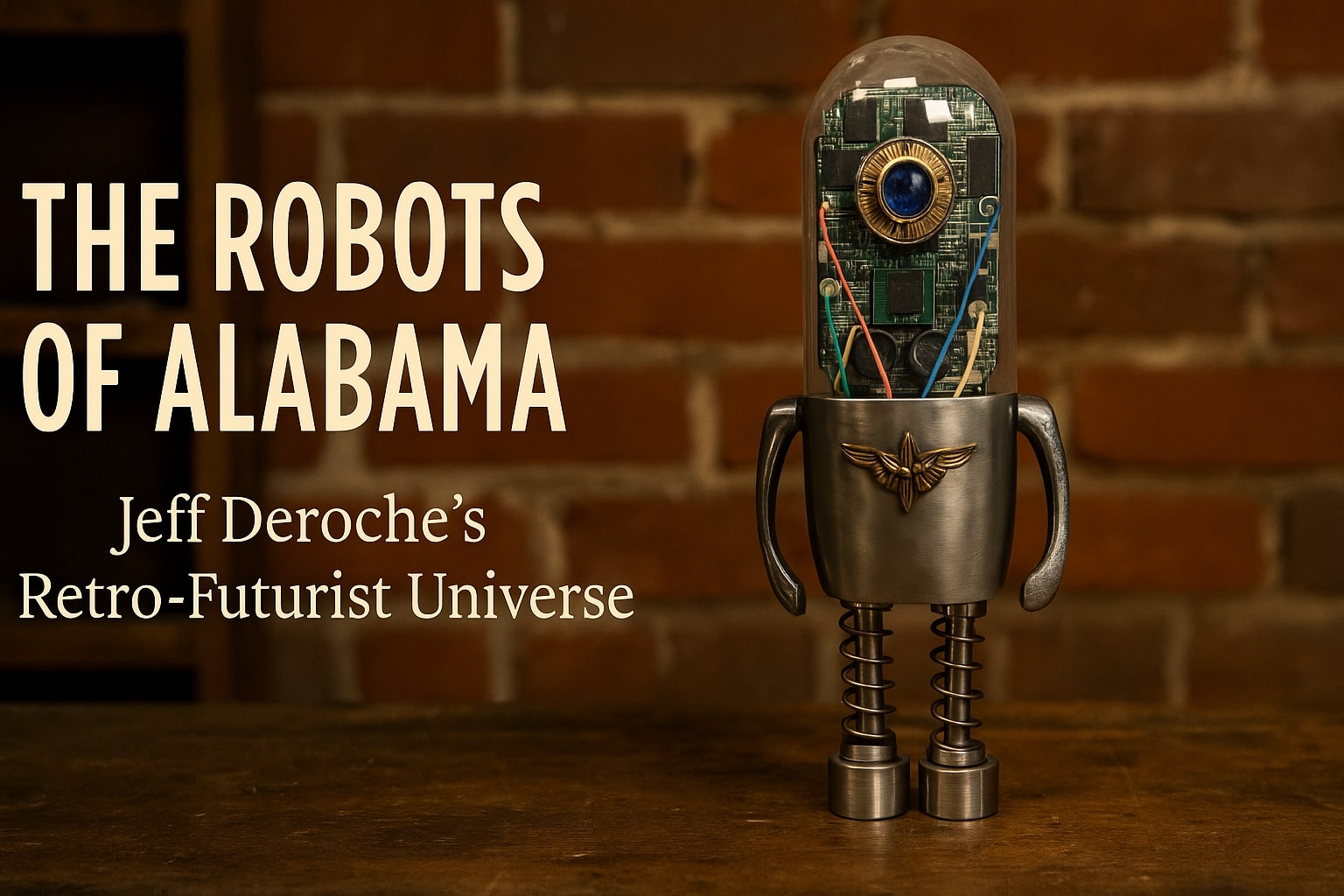
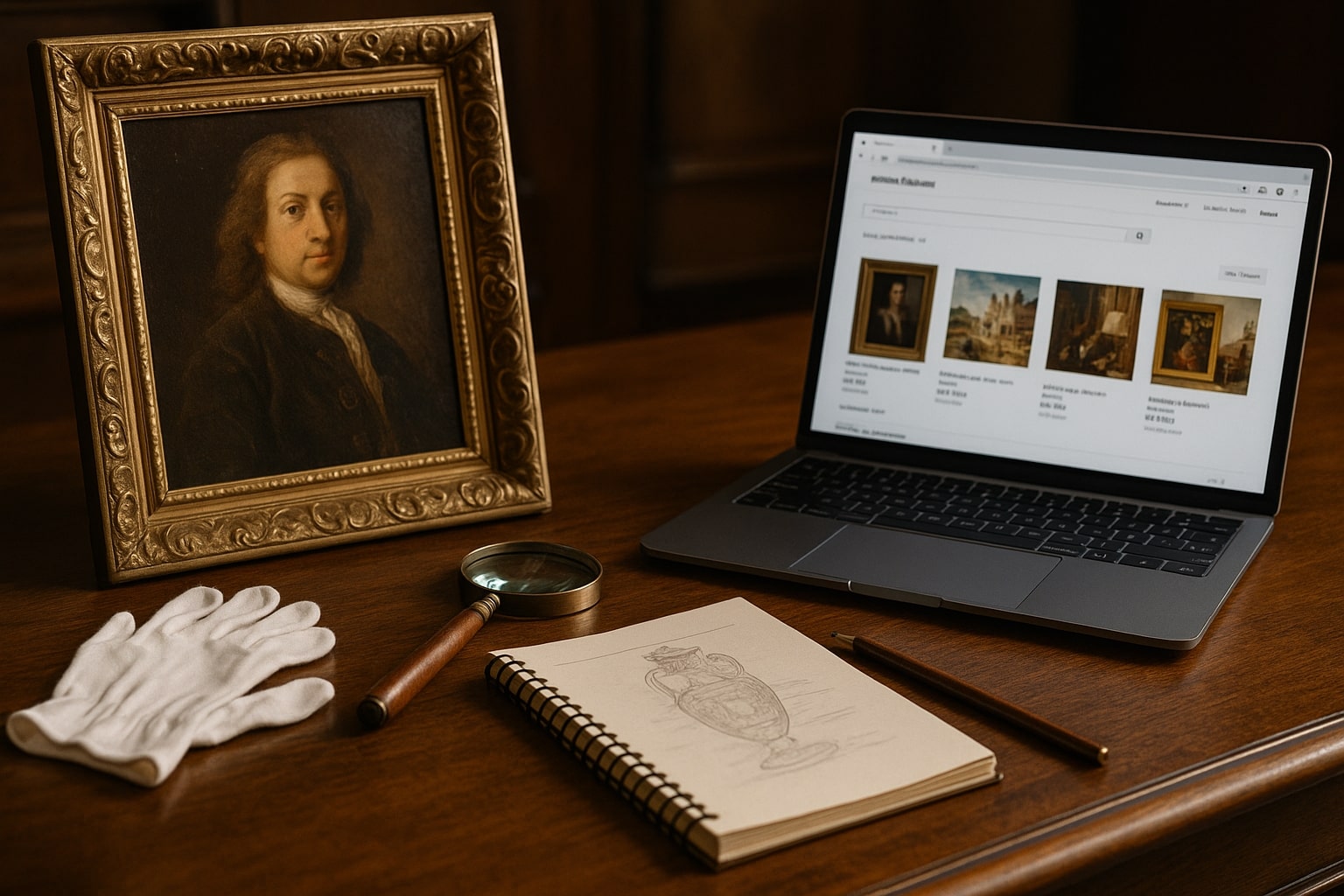
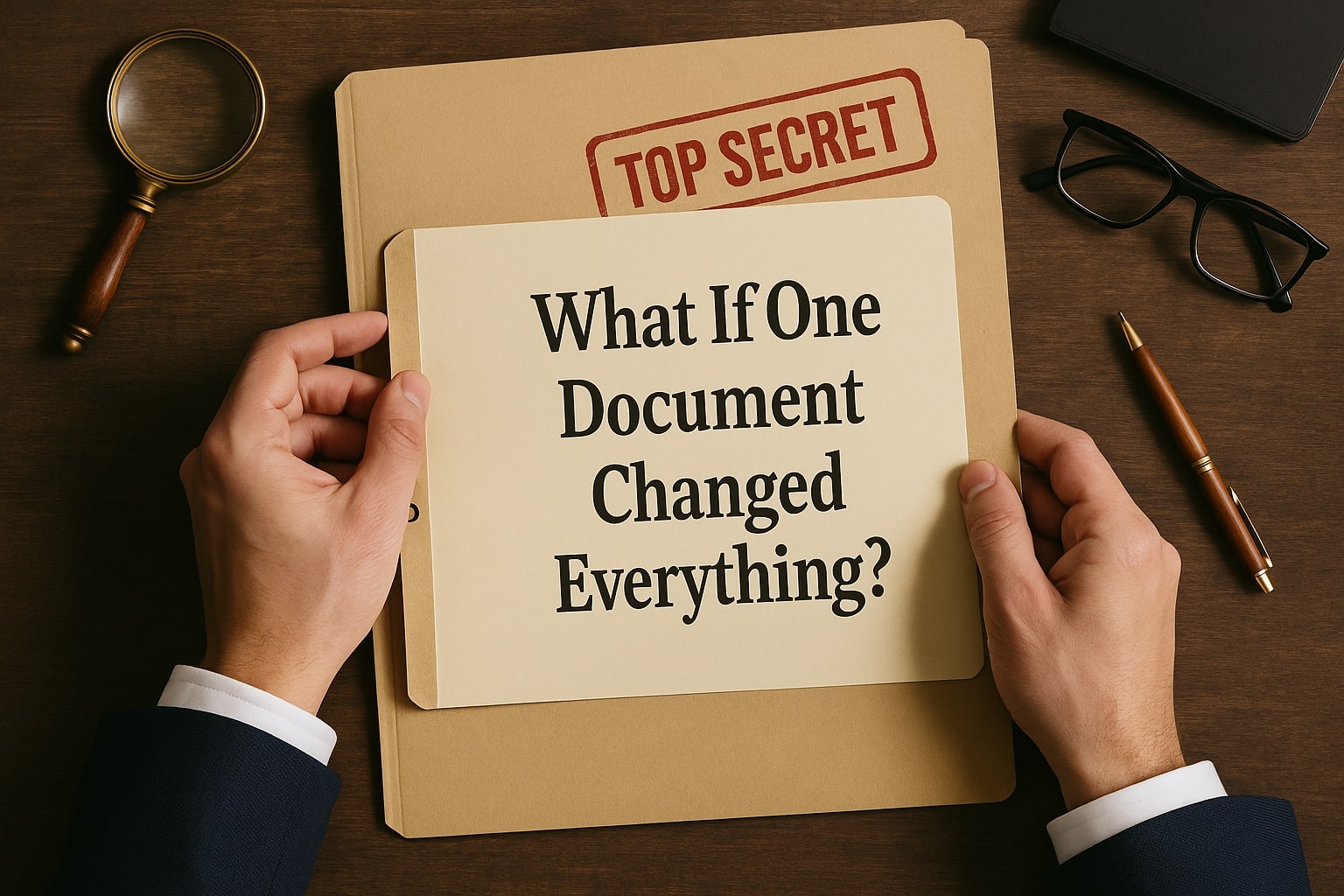
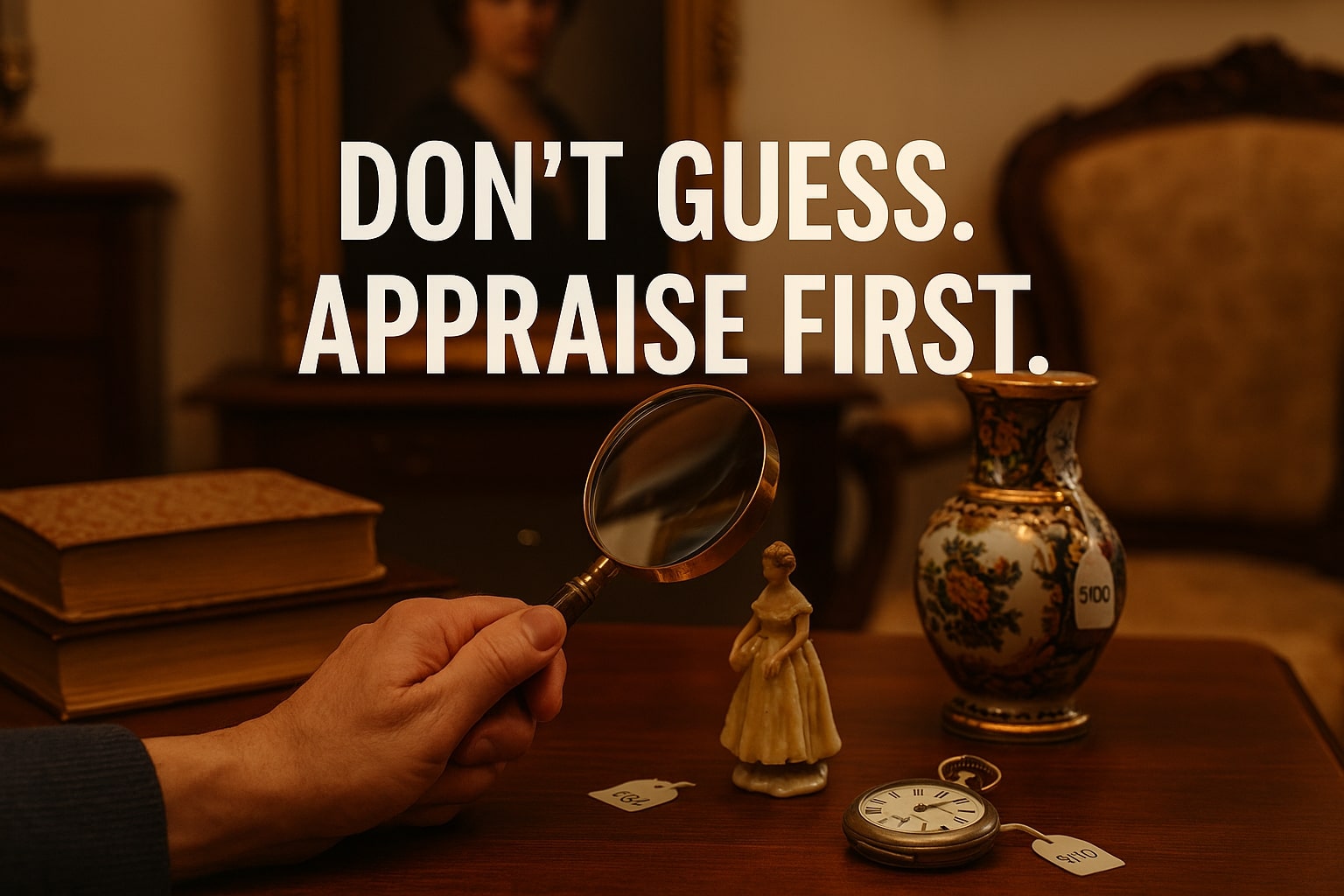
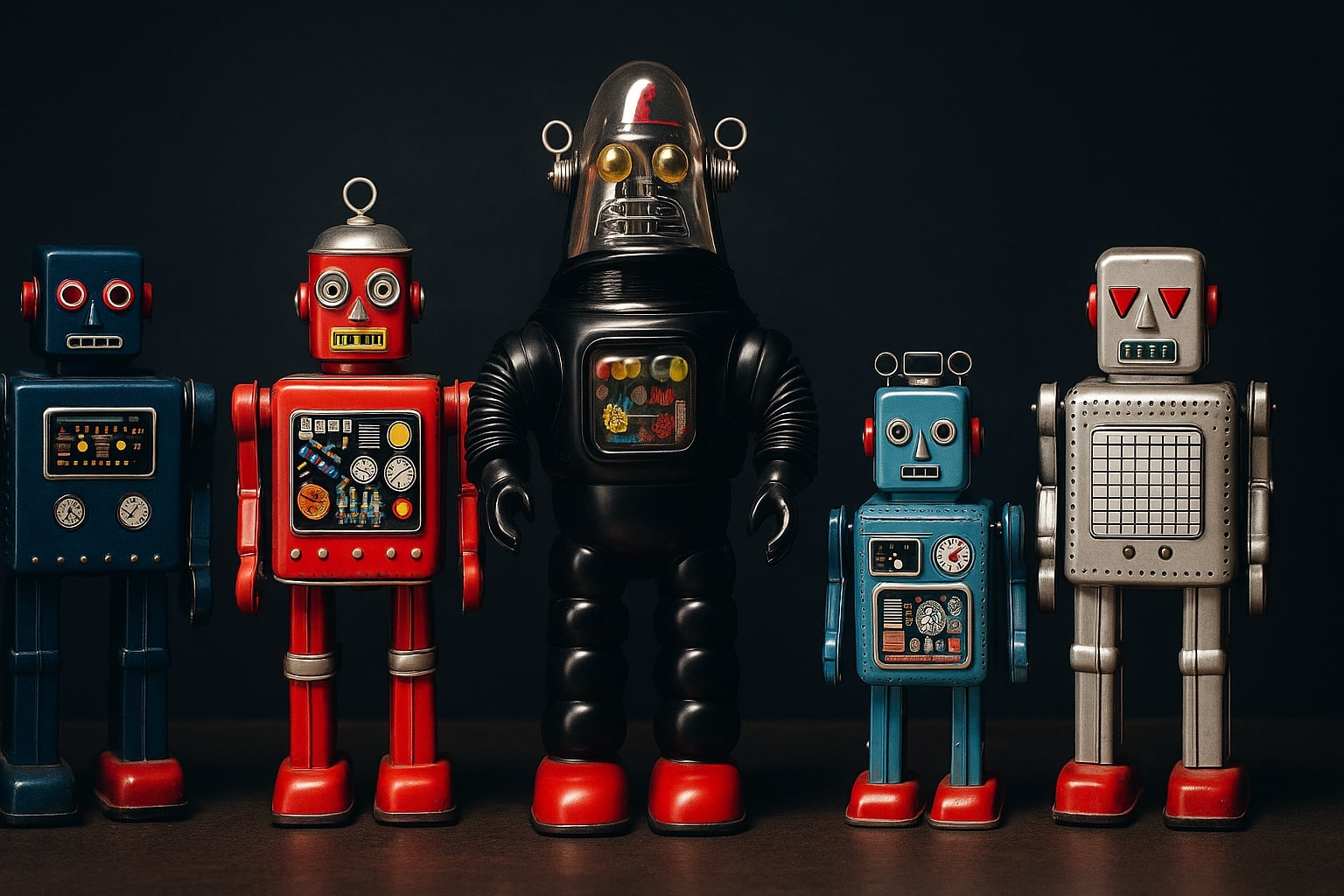

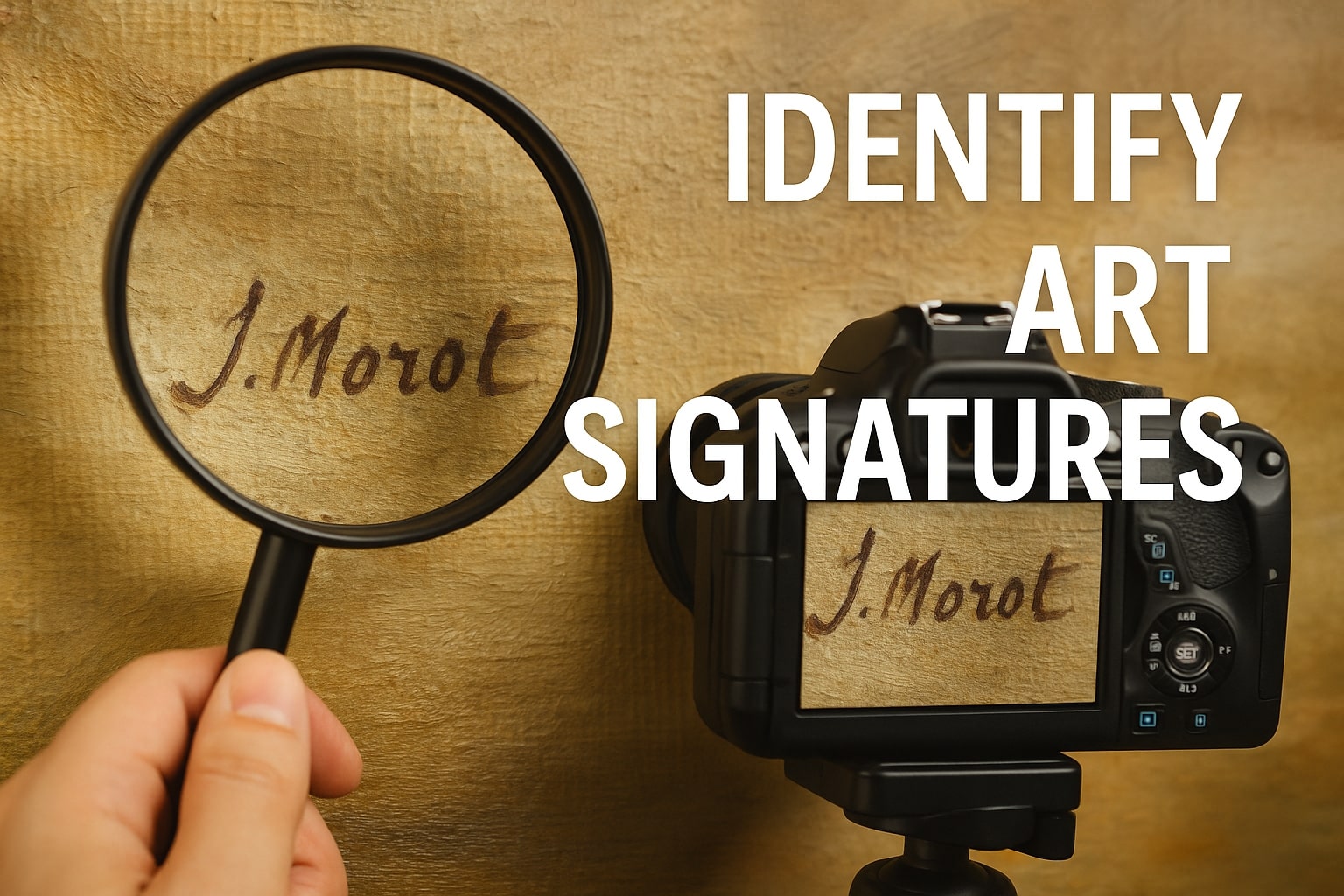
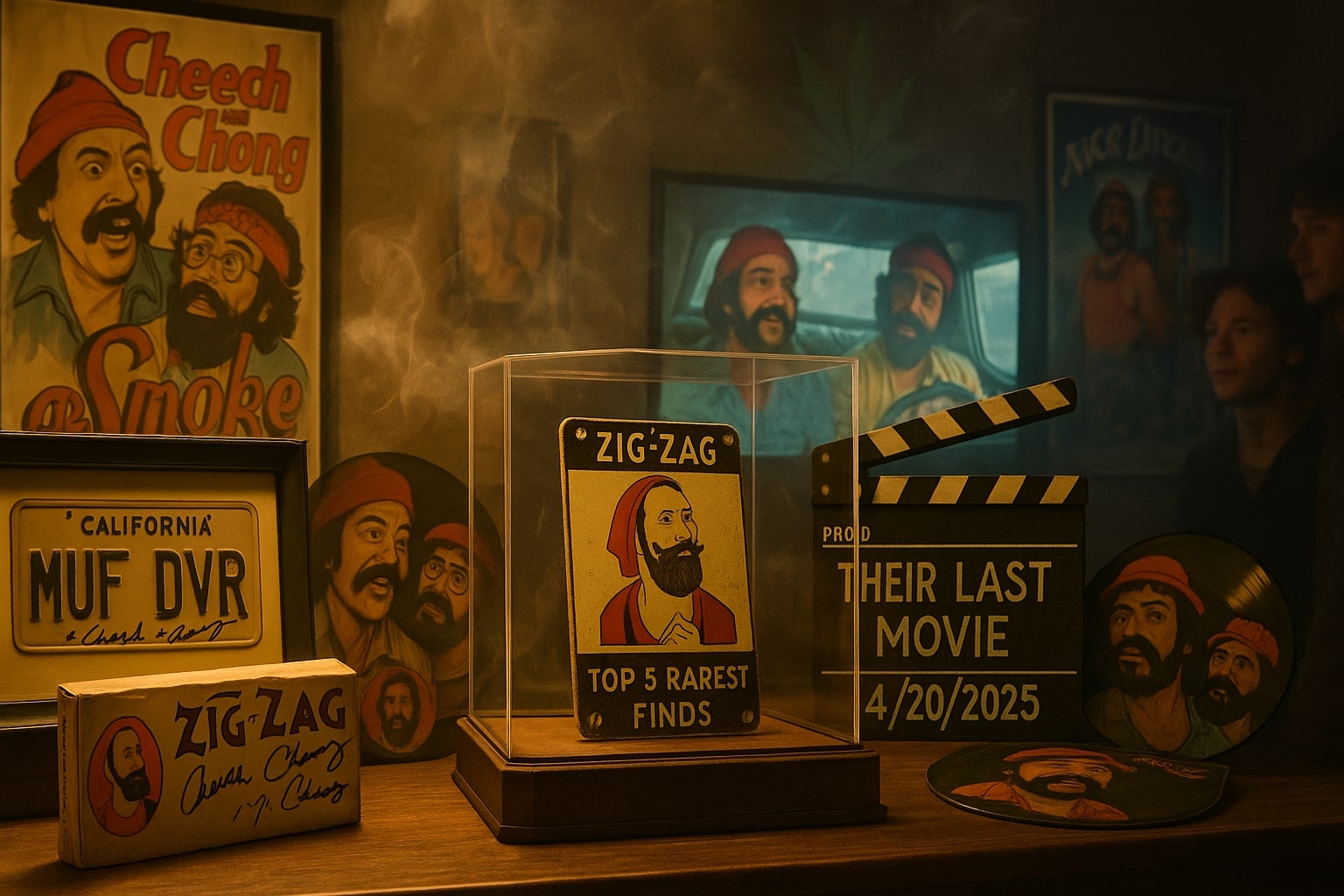
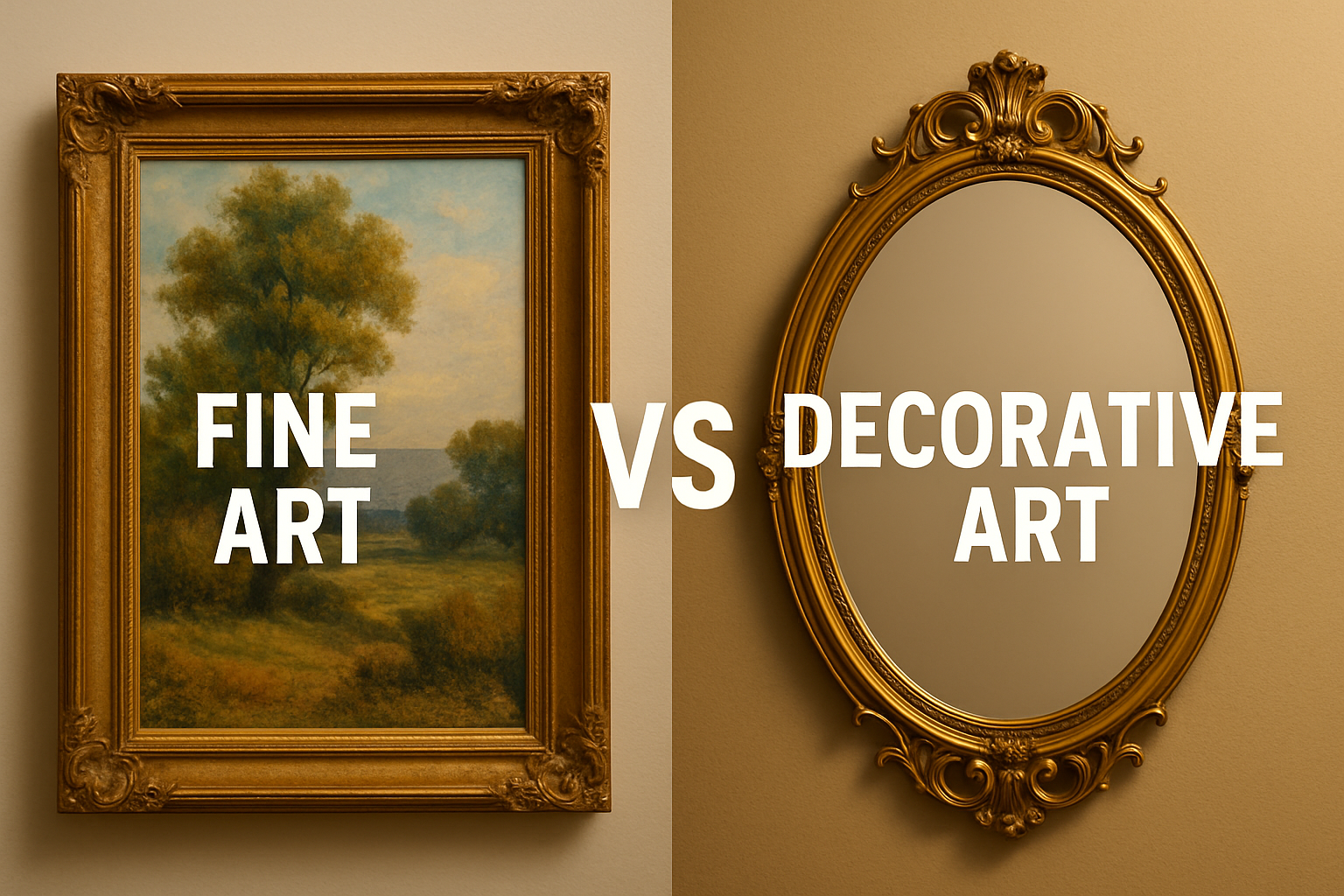
Awesome
Very good
Awesome